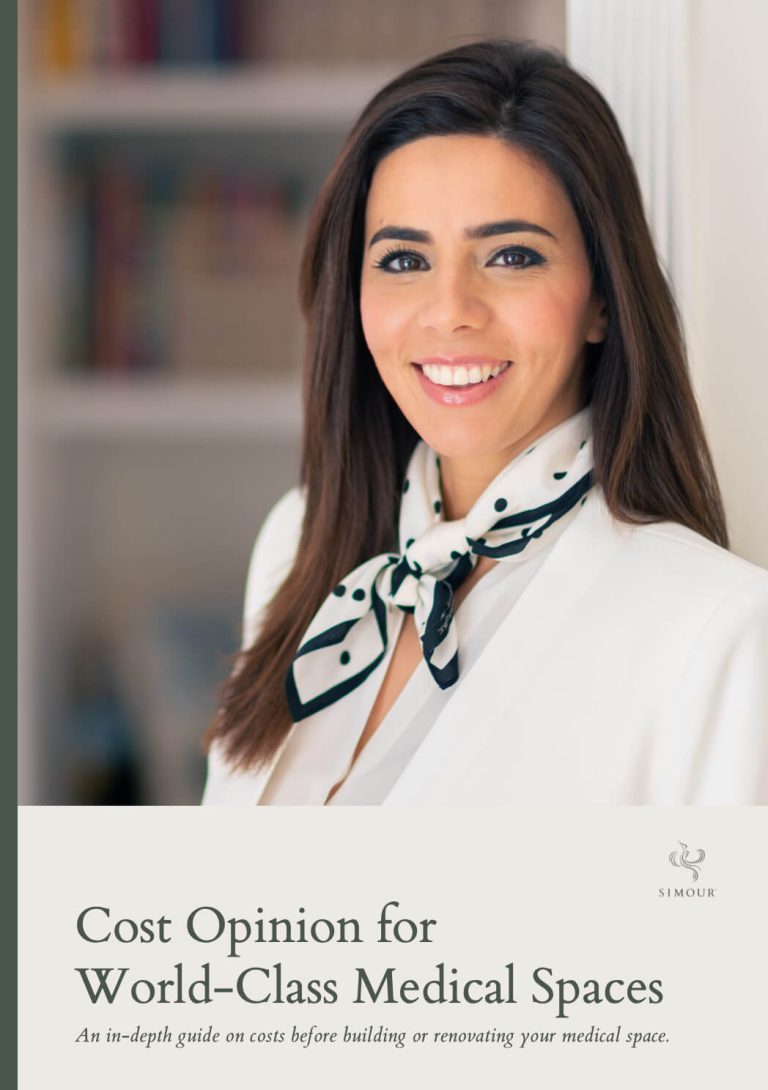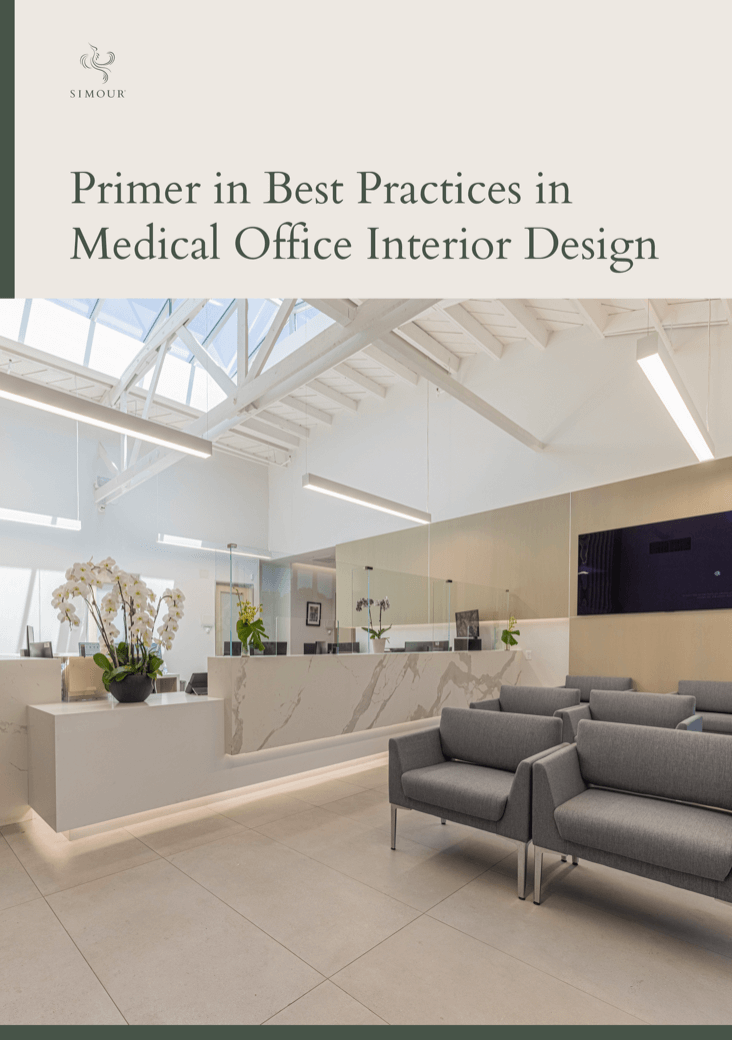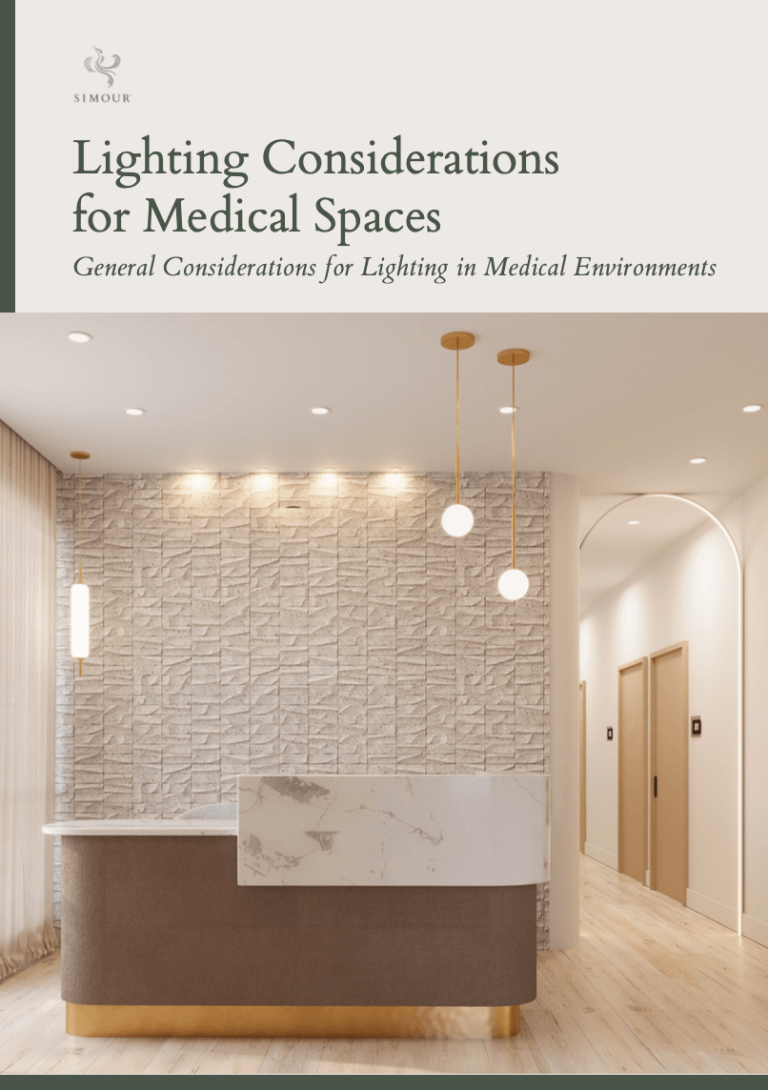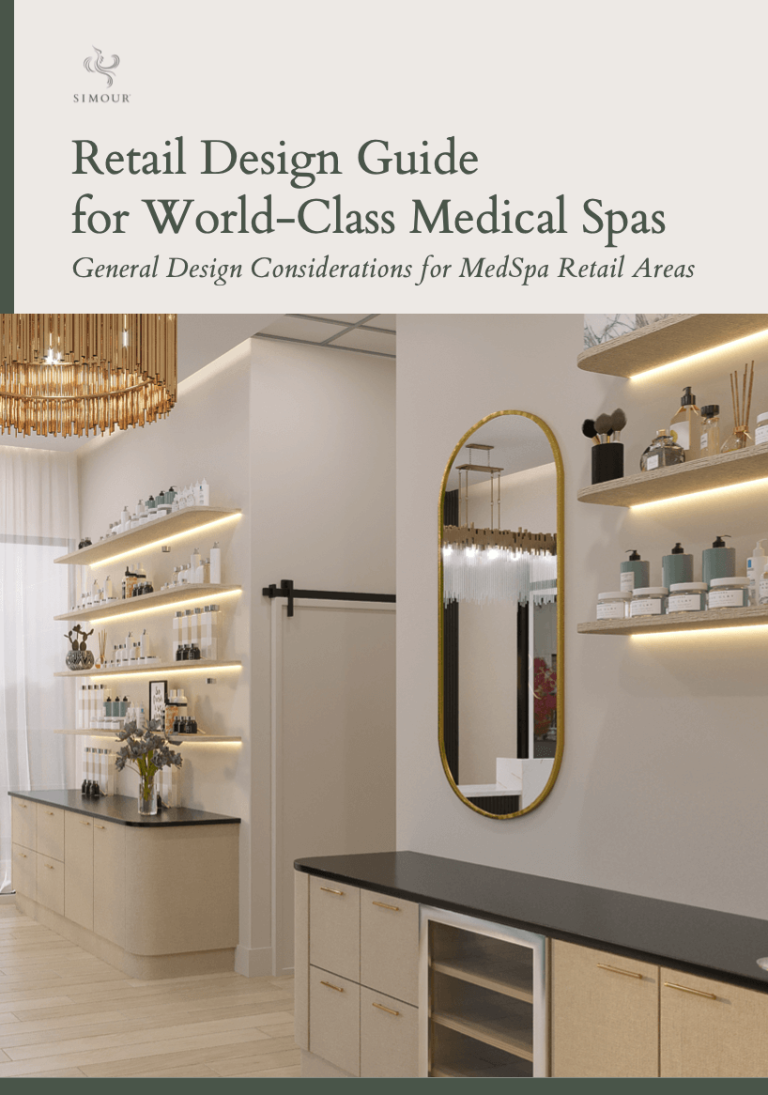Feature by Chris Heiler, Founder of Flycatcher
The world of medical aesthetics has long been built around the female experience from treatments to the design of medspa interiors. But a shift is happening. More men are entering the “aesthetics” conversation, seeking treatments that help them look sharp, feel confident, and stay competitive, and they’re doing so on their own terms.
When I decided to open a medspa, I didn’t want to replicate what already existed. I wanted to build something that spoke directly to men and was entirely different from the pastel-colored, overly clinical spaces I kept seeing.
Designing an inclusive space with men in mind isn’t just about swapping pink for black it’s about understanding the male mindset, preferences, and psychology.
I believe men want a space that makes them feel comfortable and at ease. That belief is what shaped Flycatcher. Here’s what I learned about designing a medspa experience that’s actually built with him in mind.
Why Men Matter More Than Ever
The medical aesthetics industry is experiencing significant growth, with men’s participation increasing notably. Over recent years, men have accounted for approximately 11 to 13% of medical spa patient visits (according to the 2024 Medical Spa State of the Industry Report from the American Medspa Association). Some clinics see much higher rates than this. While this may not seem like a high visit rate, male spending is a big slice of the $20 billion spent annually in the aesthetics industry.
At Flycatcher, I’ve seen this trend firsthand. But even with more men walking through medspa doors, many spaces still don’t speak to them. I’ve walked into beautiful, high-end spas that made me feel like I accidentally crashed girls’ night. There’s a huge opportunity here: if we want men to stick around, we need to design spaces that reflect how they think, what they value, and how they want to feel.
How Men Think About Self-Care
Men approach aesthetics with a different mindset. They’re pragmatic. They’re results-driven. For most guys, this isn’t about chasing youth or pampering themselves. It’s about looking great for their age, feeling more confident at work, or just not looking so damn tired.
One of our clients, a 52-year-old CEO, told me he wasn’t trying to look younger he just didn’t want to look exhausted in every Zoom meeting. That stuck with me. Men want to feel in control of their appearance, but they don’t want to spend hours researching treatments or decoding skincare fads.
They’re not loyal to brands. They’re loyal to results. Men don’t walk in asking for Morpheus8 or Hydrafacial by name. They walk in saying, “My skin looks dull” or “I’m sick of the bags under my eyes.” They want problems solved quickly and clearly.
They also value efficiency and simplicity. Confusing pricing models, over-complicated memberships, or running 15 minutes behind? That’s friction. The faster and more clearly you can help a guy understand what he’s getting, how much it costs, and when he can be out the door, the more likely he is to come back.

Designing for Men: Beyond Color Palettes and Leather Chairs
Creating a space for men goes way beyond swapping soft pinks for deep blues. It’s a full sensory experience. Sound, scent, texture, lighting, and flow all play a role.
Think scent: instead of florals, we leaned into masculine, grounding notes like tobacco, leather, and bergamot. For music, we chose playlists that feel more like a lounge than a waiting room. Lighting? Clean but warm. Nothing harsh or sterile.
Timeless Masculinity, Not Trends
Working with Simour Design, we drew inspiration from Art Deco and Old Hollywood. Think black-and-white checkered quartz tile, warm brass accents, rich velvets, and curated vintage photography. It’s not trendy. It’s timeless. Each treatment room is themed: there’s the sleek “James Bond Room,” the moody “Great Gatsby Room,” and others that make guys feel like they’re stepping into something cinematic.
One client told us, “This place feels like a cigar lounge and a movie set had a baby.” That was exactly the vibe we were going for.
We wanted every detail to feel intentional. The furniture invites touch. The materials feel substantial. Even the lighting is adjustable so it can shift from warm and relaxed to clean and clinical, depending on what’s needed.

Design With Discretion and Flow
Men don’t want to feel exposed or out of place. At Flycatcher, everything from our floor plan to our check-in process is designed around privacy and flow.
We don’t have a big lobby or reception desk. Instead, Simour designed a small, purposeful waiting area and a free-standing “kiosk” designed to feel more like a modern hotel than a medical office. Most of our clients don’t want to linger, they want to get in, get treated, and get on with their day.
You won’t find product displays on top of more product displays or rows and rows of people sitting awkwardly. We keep it quiet and private.
From the moment a guy walks through our doors, we want him to feel like he belongs.
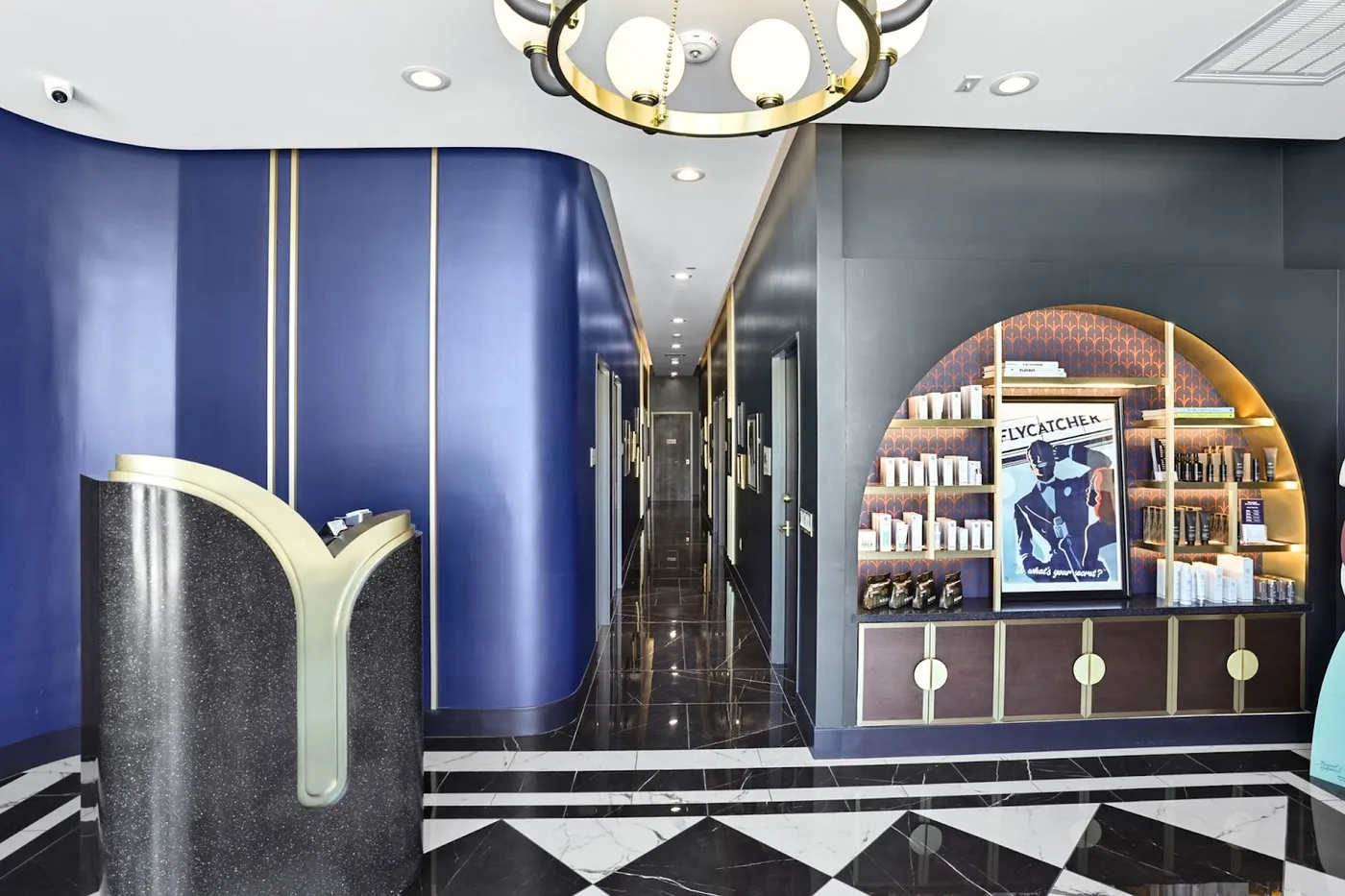
Thoughtful Design is Inclusive Design
Designing for men isn’t about alienating women, it’s about broadening the invitation to all. When you build a space where men feel confident, comfortable, and respected, everyone benefits. In today’s evolving medical aesthetics landscape, interior design must reflect not just who you are, but who you serve and increasingly, that includes the man who’s just now walking through your door.
Your journey to building thoughtful healthcare spaces starts here.
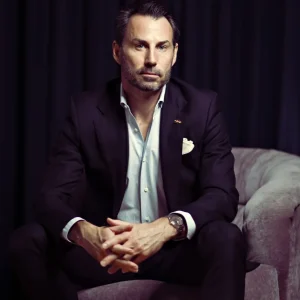 About the Author
About the Author
Chris Heiler is the Founder and Chief Flycatcher at Flycatcher, a medical aesthetics practice in Austin, TX, created specifically for men who want to look and feel their best. Flycatcher is about more than just treatments, it’s about building confidence and creating a space where men feel completely at ease. With two decades of experience in branding, storytelling, and business growth, Chris brings a unique blend of heart and strategy to everything he builds, whether it’s a brand, a business, or a new way of showing up in the world.

